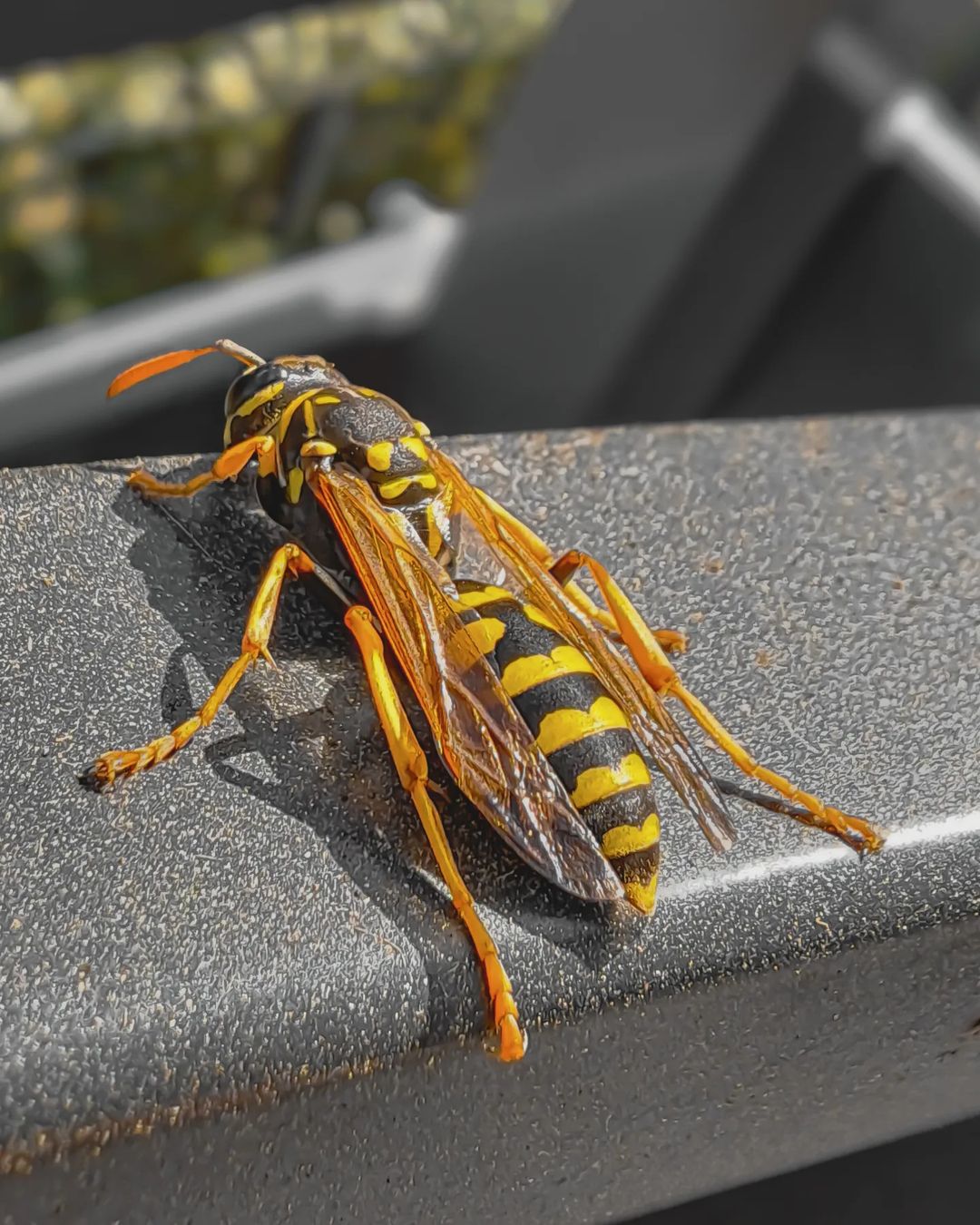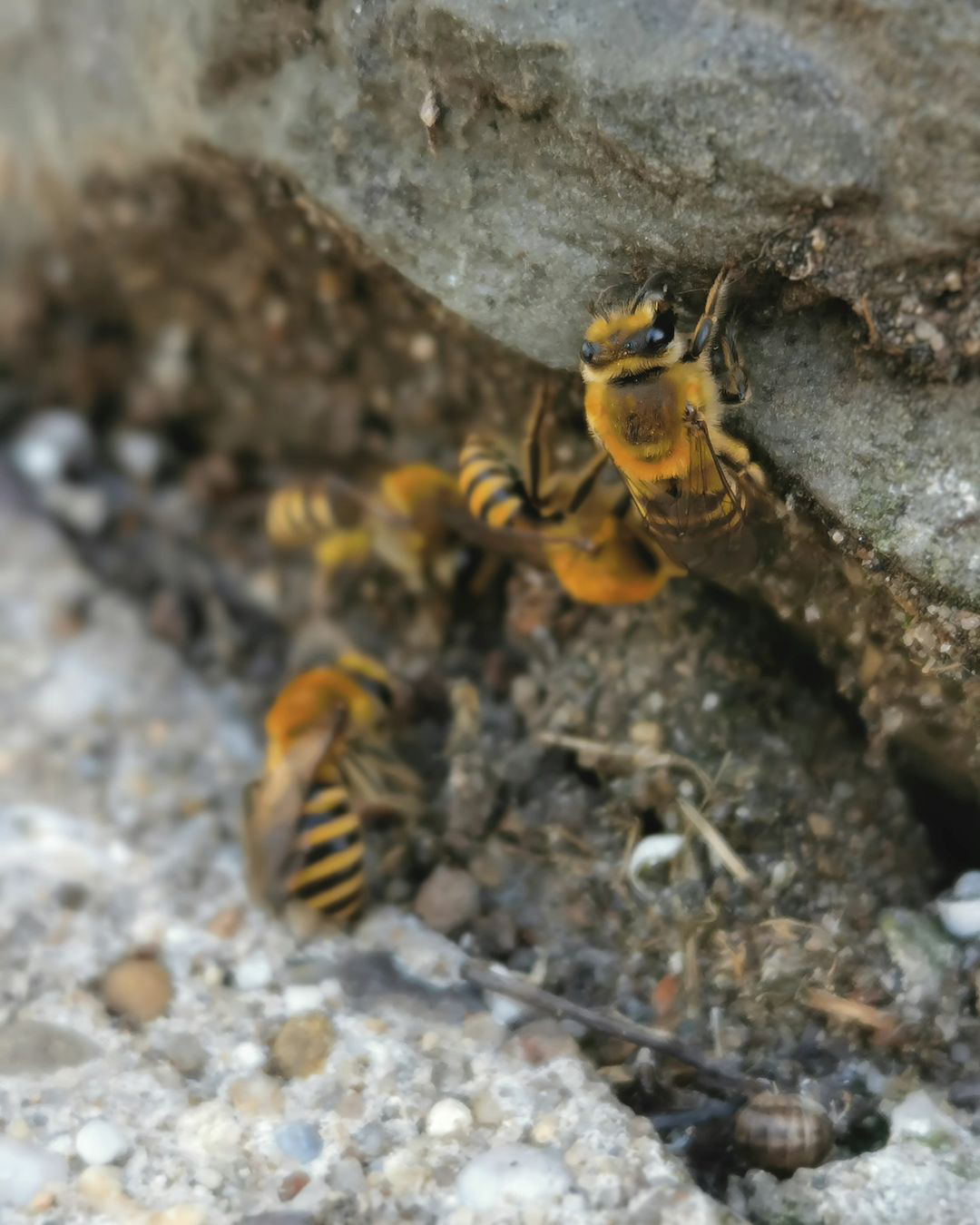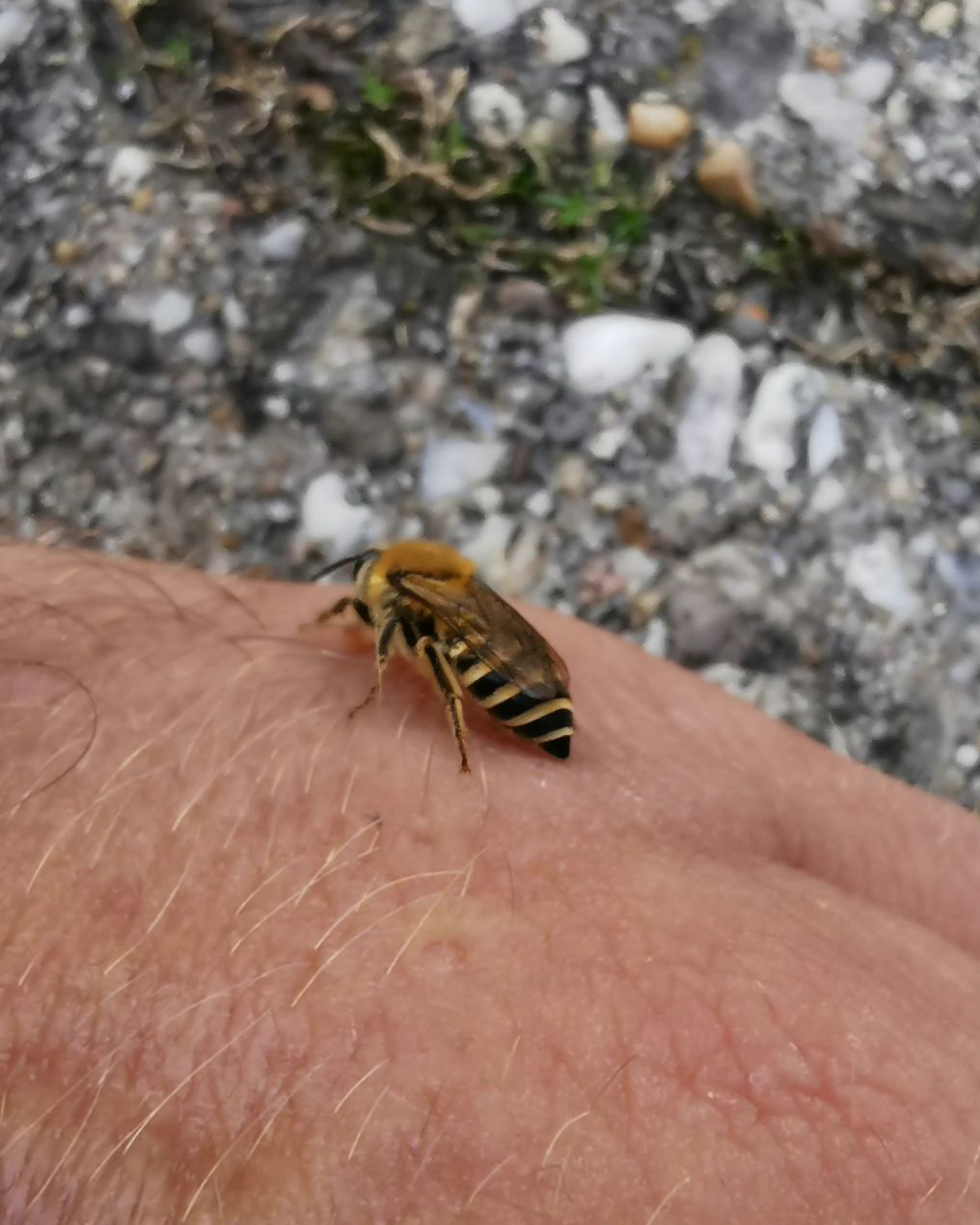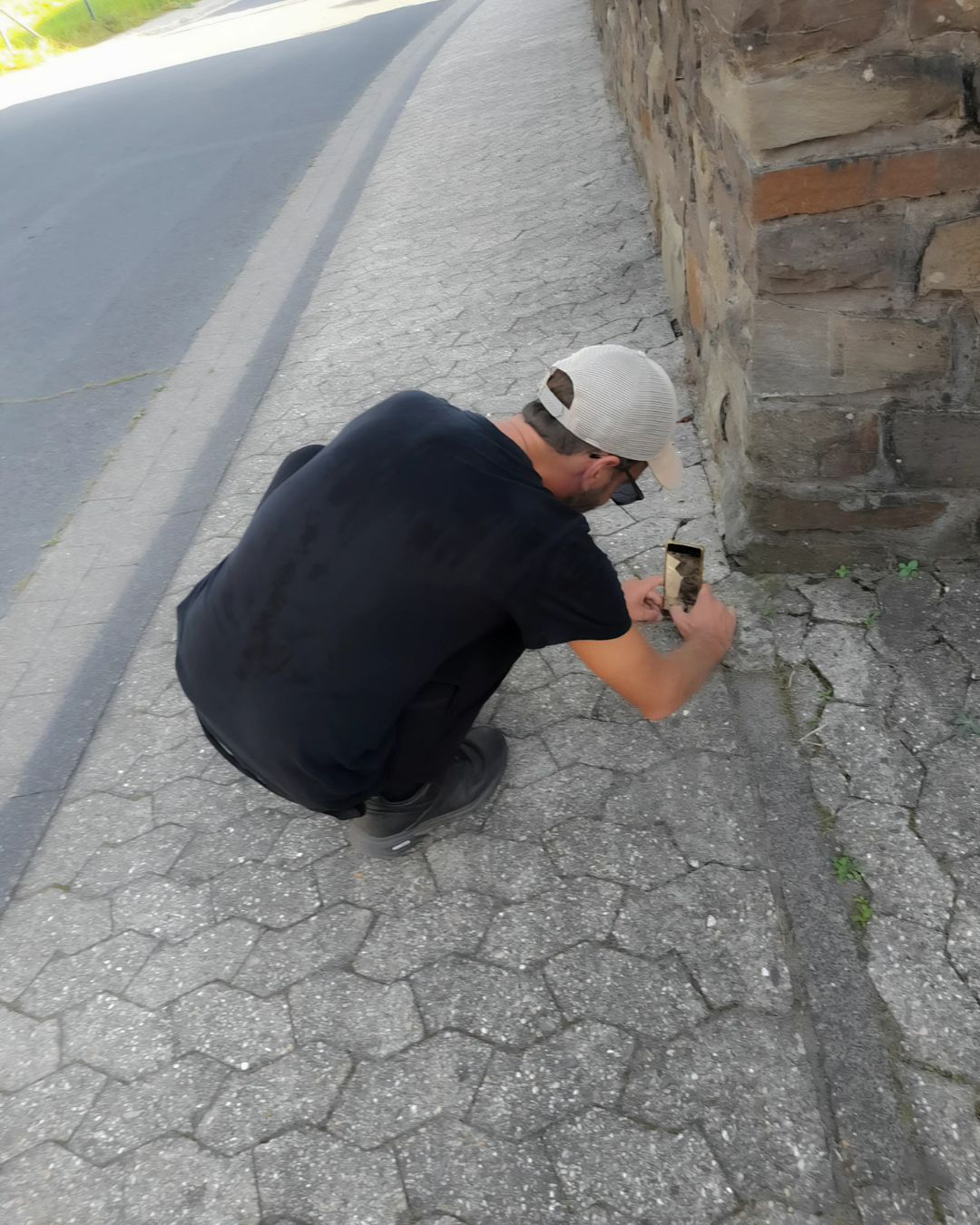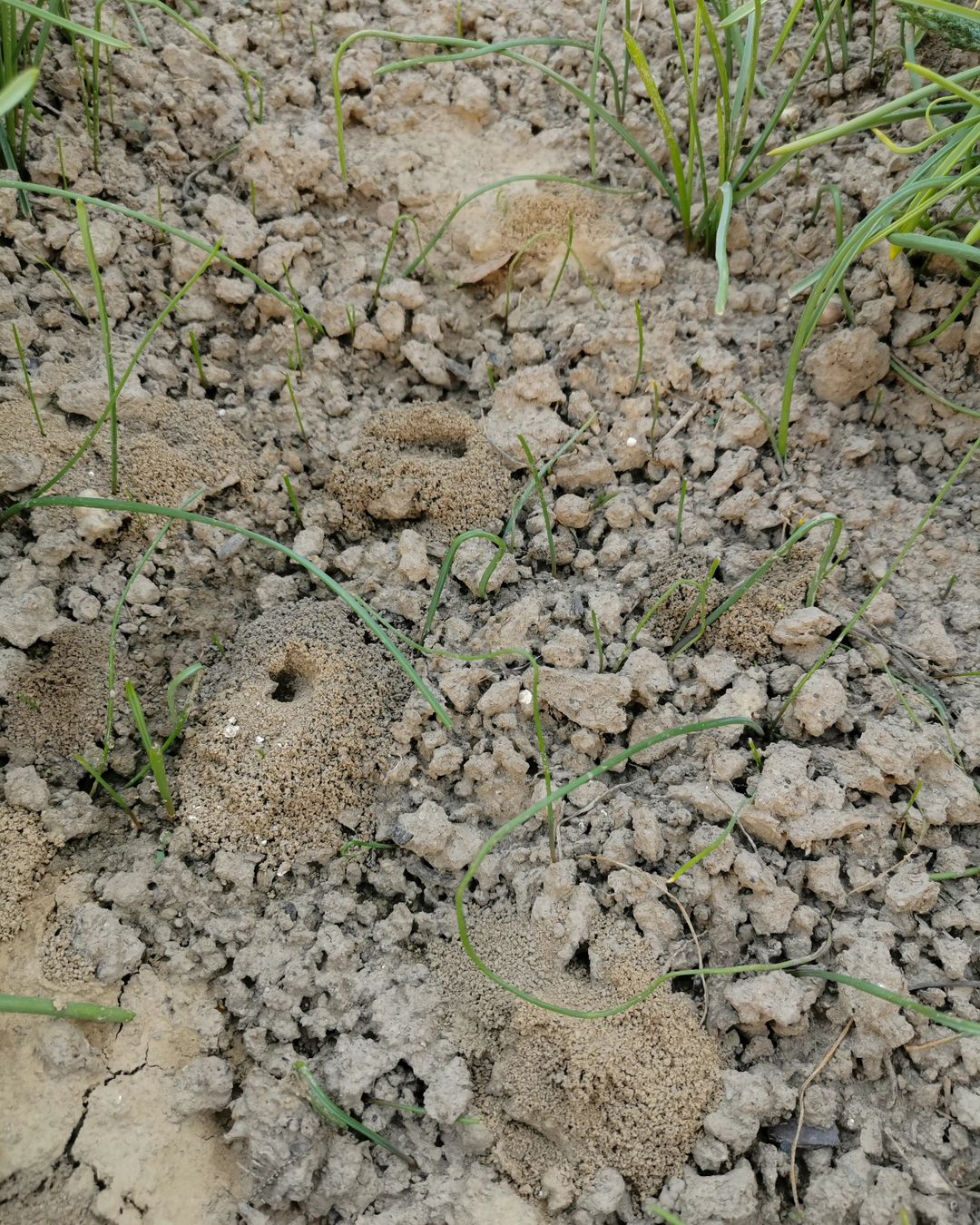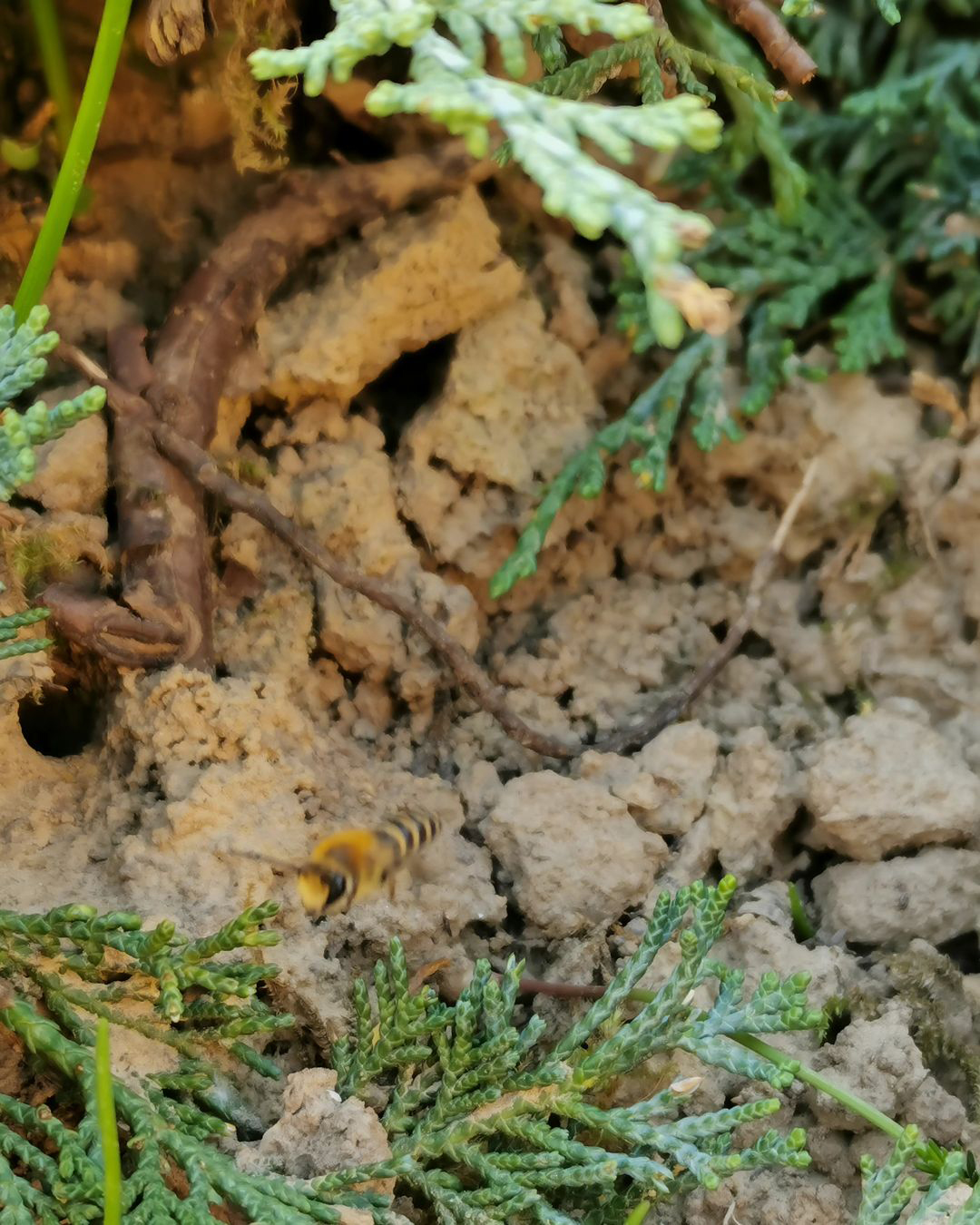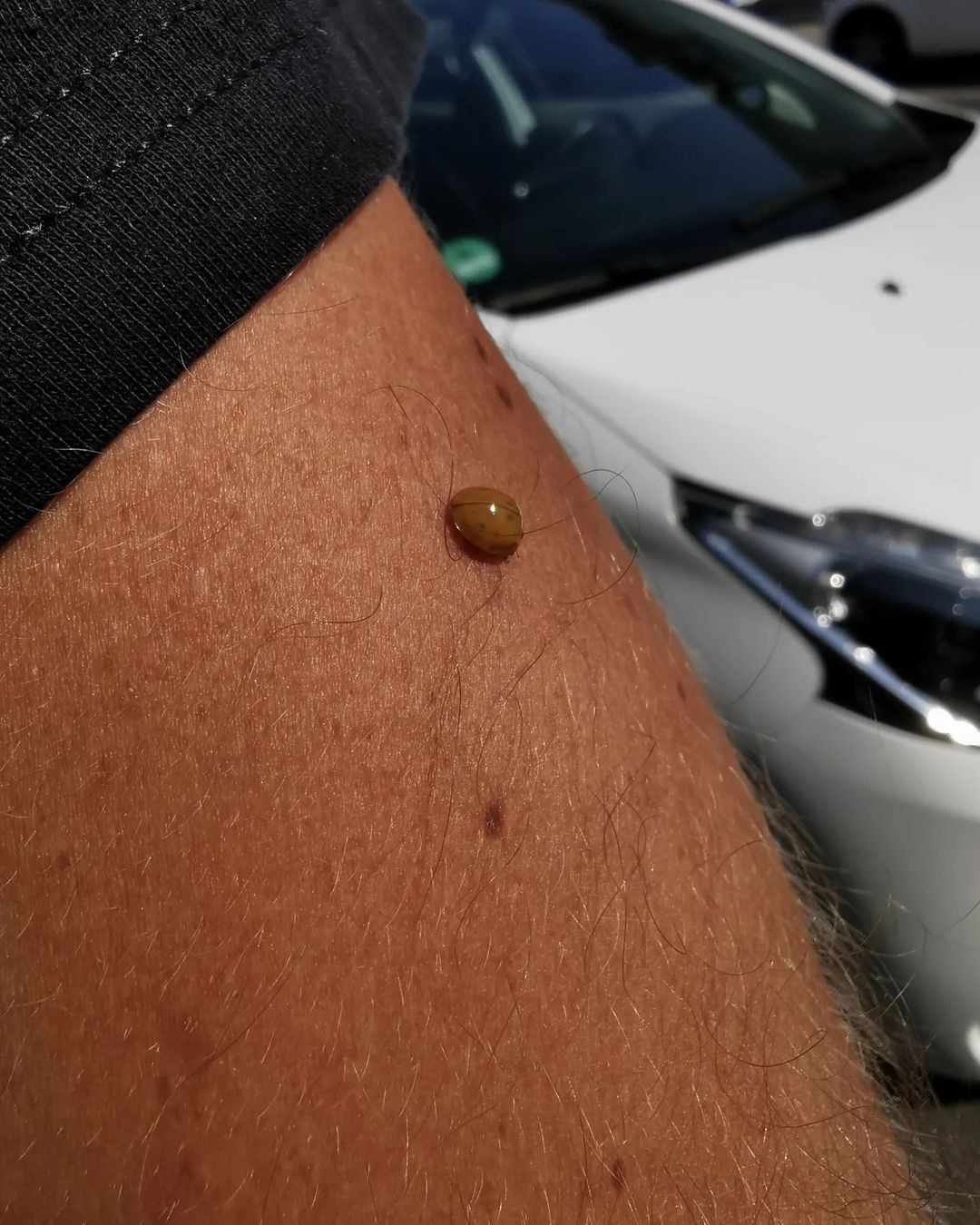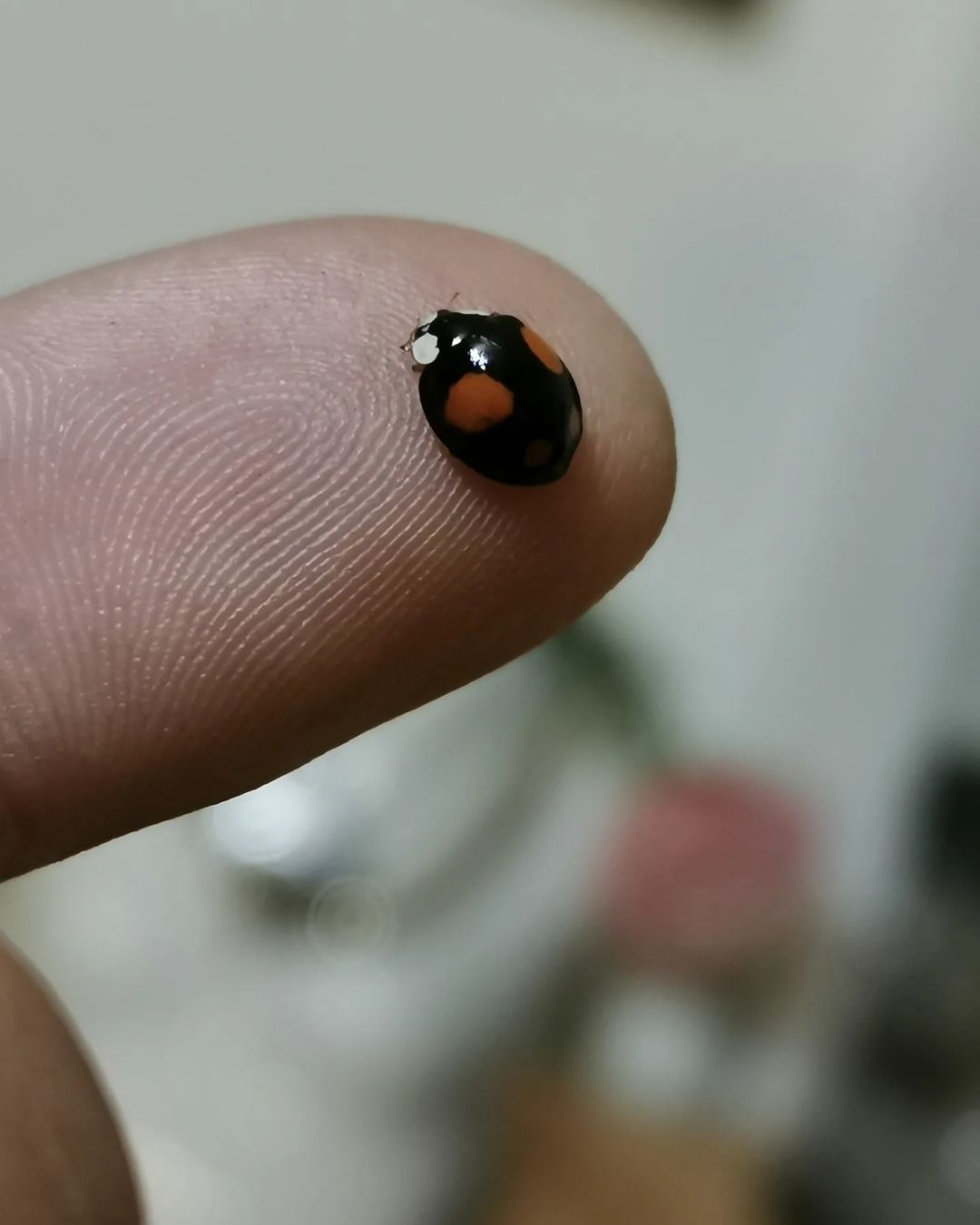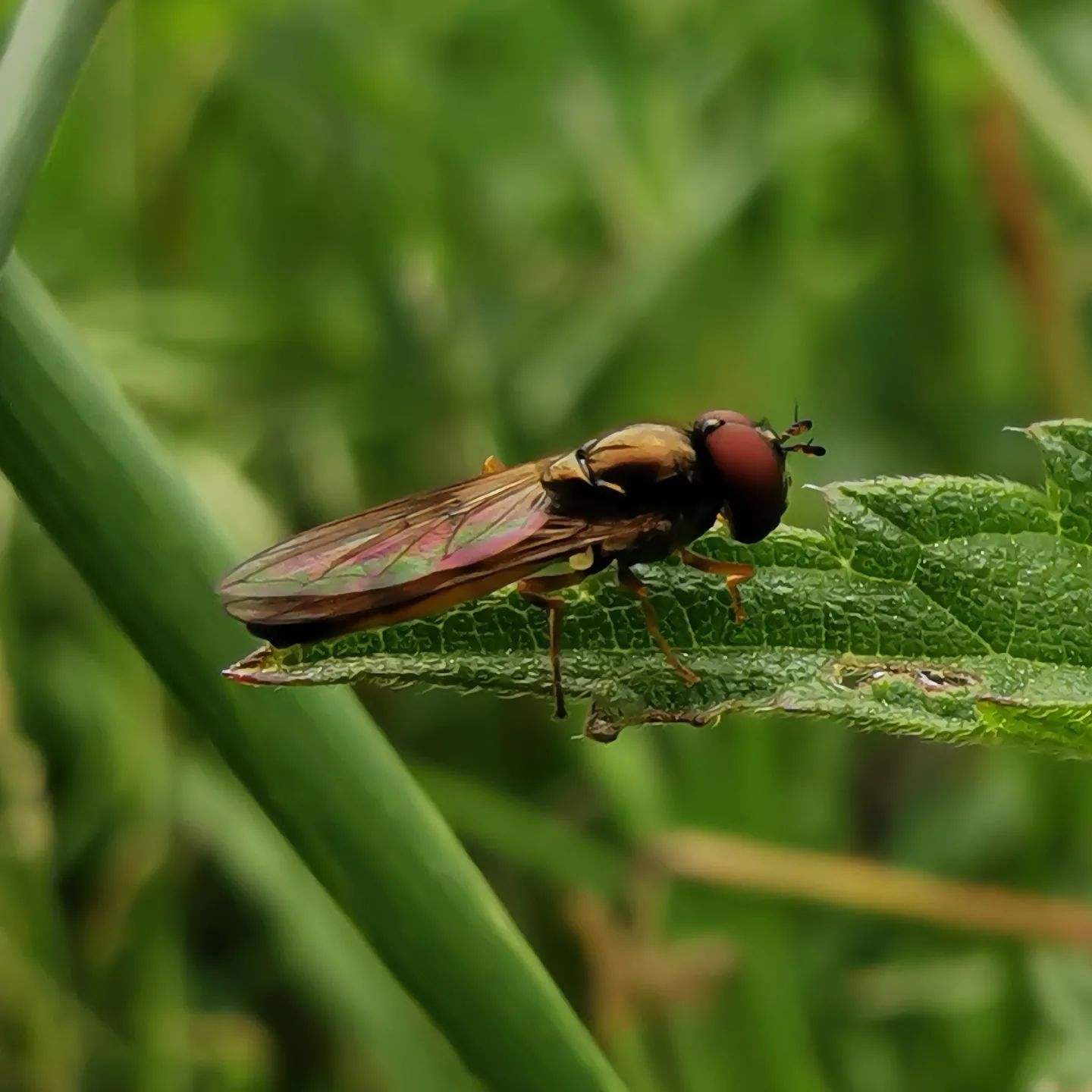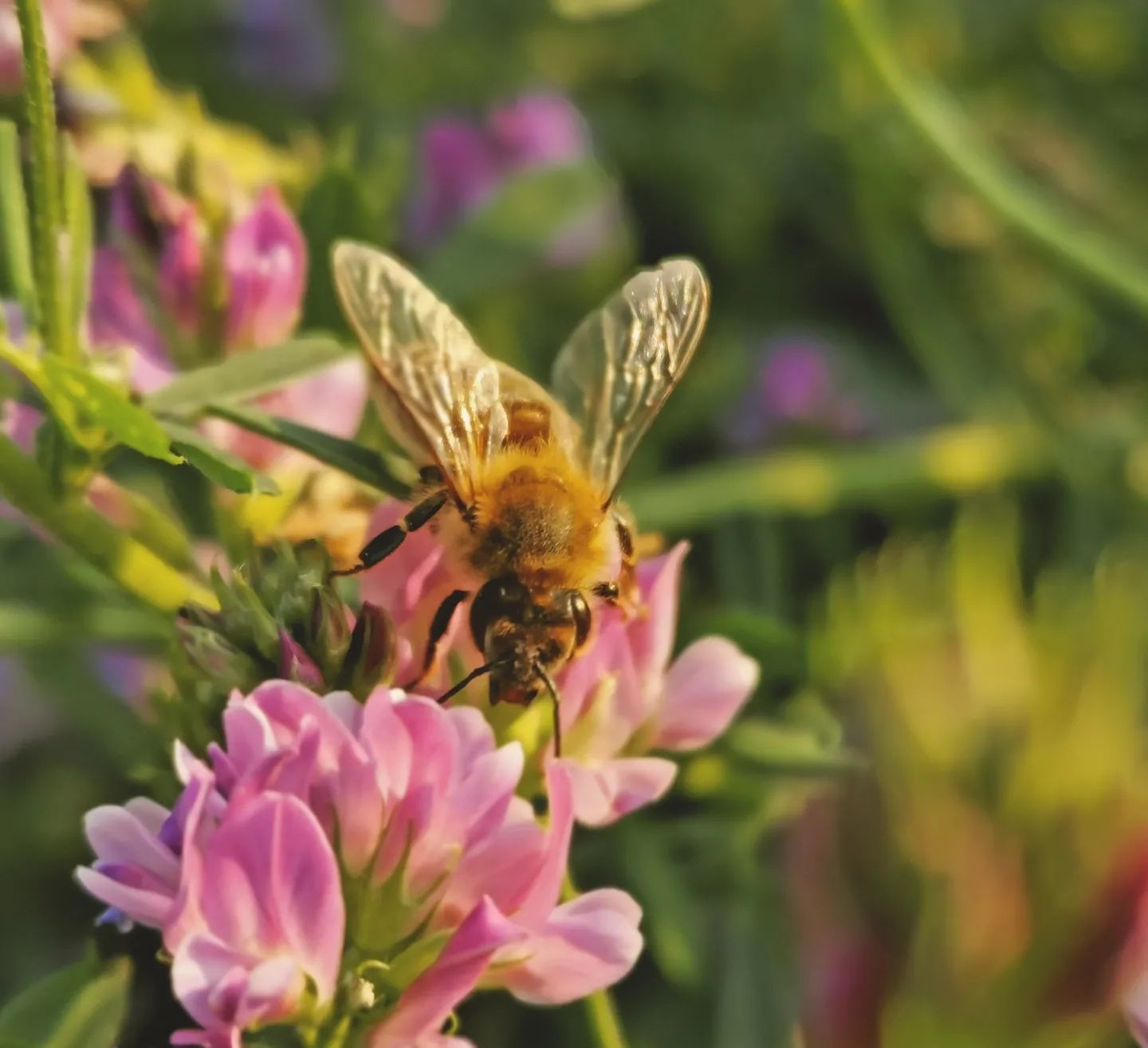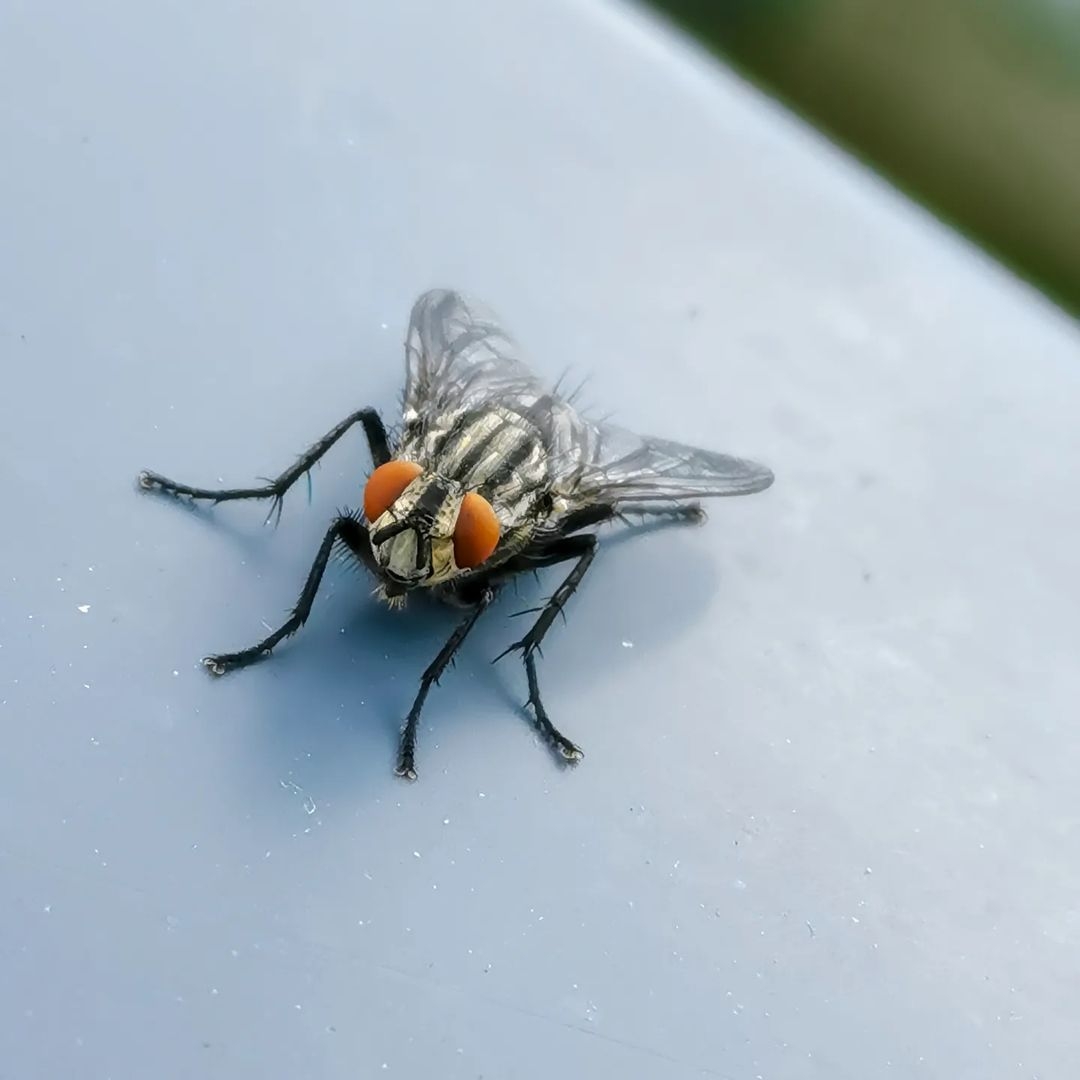Post #787:
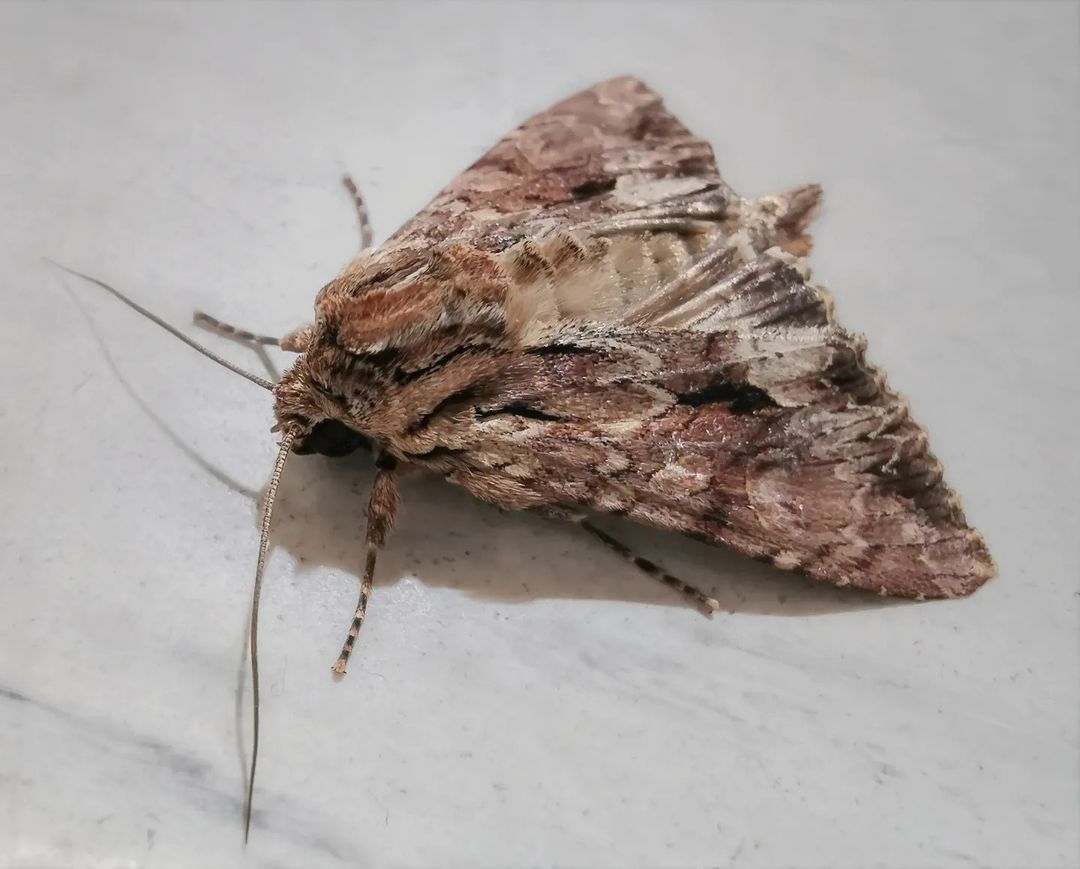
Hello, where is the nectar?🥹 The dark arches (Apamea monoglypha) belongs to the family of owlet moths. It is a very common species in most parts of Europe and Central Asia. Its caterpillars like to nibble on the roots of grasses and the moth flies around all night, attracted by the sweet scent of flowers.🌸🌛 It orientates itself using natural light sources such as the moon, but artificial light sources interfere with its navigation, which is why it sometimes gets lost in homes.
Species in this post: Dark arches Apamea monoglyphaTopic: ➟ Insects
Details:
This post is part of the artistic performance The Happening on Instagram.
Further information about this art project Related post on InstagramCreator of this post is Frederic Hilpert
© File Usage Guidelines This post on megagroundsloth.de#apameamonoglypha #owlet #mothsofinstagram #insectphotography #naturelovers #wildlifephotography #entomology #biodiversity #naturewatch #mothwatching #nocturnalcreatures #conservation #lepidoptera #outdooradventure #ecofriendly #discovernature #macrophotography #insectconservation #citizenscience #wildlifeconservation #nocturnal #nachtaktiv #eulenfalter #lightpollution



